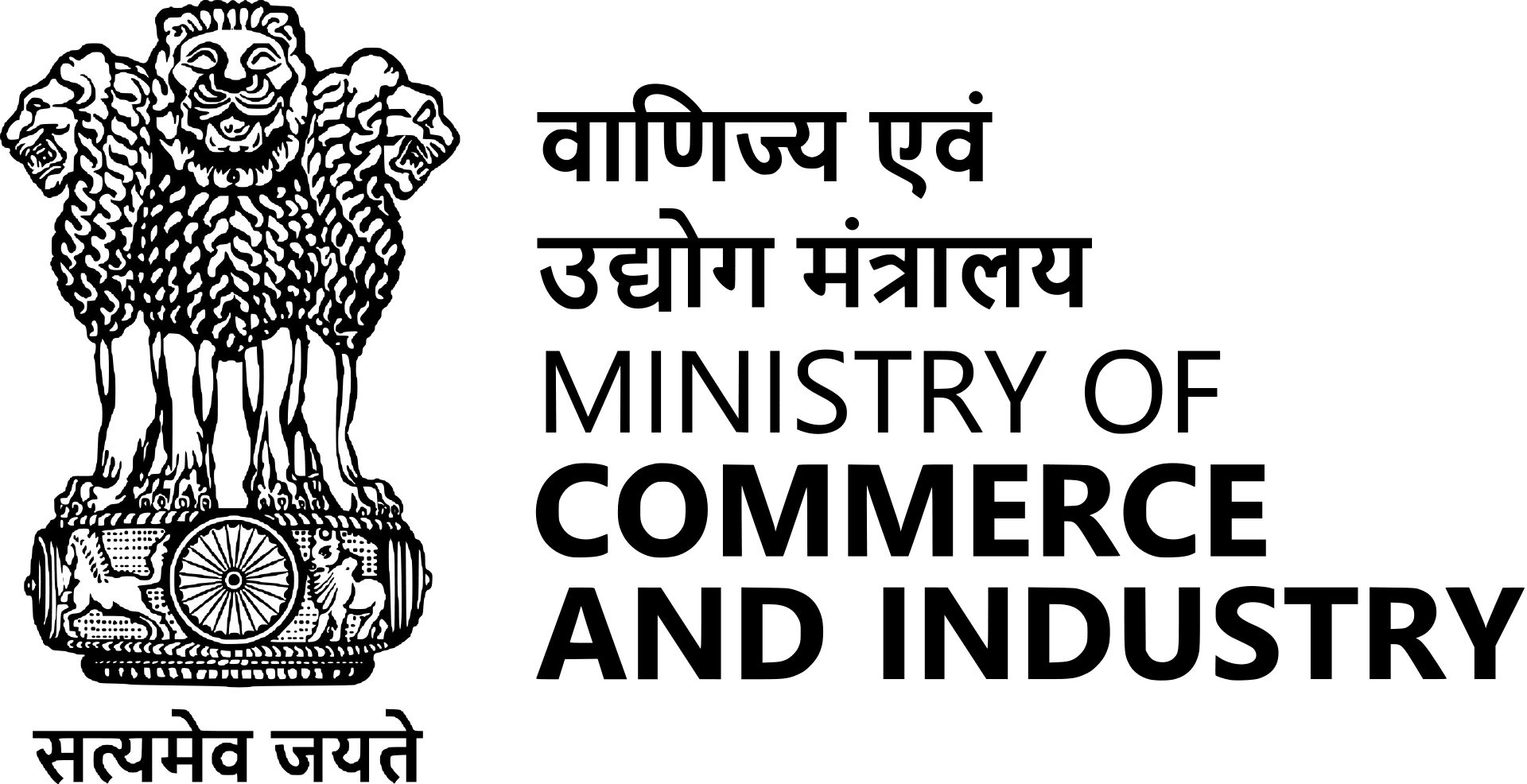




What are the Indian Chambers of Commerce?
The Indian government oversees the health of its trade sector through the Ministries of Finance and Commerce and Industry. However, Indian chambers of commerce and industry have been established to assist. These are often non-profit, voluntary groups and chambers collaborating with the government to improve domestic trade in our nation.
One of the most crucial elements of an economy is internal trade or domestic trade as it is also known. A strong trade sector is a sign of a strong economy. Therefore, it should be no surprise that the government prioritises promoting and safeguarding domestic trade, which the Indian Chambers of Commerce also does.
Role of Indian Chambers of Commerce and Industry in Promotion of Internal Trade
Transit or Interstate Transhipment: The Chambers of Commerce and Industry support several initiatives related to interstate movement of goods, such as vehicle registration, mass transit regulations, and road building.
Marketing of Agro: The organisations of agriculturists and other associations play a significant role in the promotion of agro goods..
Scales and Measures: This, as well as laws regarding the safeguarding of brands and the restriction of brand duplication, are required to safeguard the interests of both consumers and business owners.
Encouraging Infrastructure: A sound infrastructure, such as roads, ports, trains, and electricity, plays a catalytic function in fostering trade.
Workplace Regulations: A straightforward and adaptable labour law is useful for managing industries, increasing productivity, and creating jobs. They frequently communicate with the government on topics like labour laws, layoffs, etc.
Octroi and Other Municipal Levies are collected on persons joining the state or municipal boundaries and from commodities. The government and chambers of commerce should ensure that their pressure does not jeopardise local trade and efficient transit.
Harmonisation of Valuation Tax and Sales Tax Structures: The Chambers of Commerce and Industry are crucial in working with the government to unify the sales tax structures in various states.
Excise Duty: Central excise is the primary means through which the federal government collects money from the states. Since the tax policy significantly impacts price, groups must work with the government to ensure that excise duties are simplified.
Objectives of Chambers of Commerce

FICCI Logo
The following goals are what chambers of commerce are working to accomplish:
To safeguard the rights of the whole business community.
To encourage cooperation among the group's participants.
To compile and give the members helpful info.
To provide government advice on issues involving trade, industry, and industry.
Consult the federal and state governments on business, industry, and trade issues.
To provide government input on many aspects of the national economy to help it make budget decisions.
To alert the government to the effects of various laws and regulations on business.
What Is the Department For Promotion Of Industry And Internal Trade

Department For Promotion Of Industry And Internal Trade Logo
The Nodal Department for establishing Government policy on Foreign Direct Investment is the Department for Promoting Industry and Internal Trade (FDI). Based on the payments reported by the Reserve Bank of India, it is also in charge of maintaining and managing data with inward FDI into India.
DPIIT's responsibility is to formulate and carry out the government's economic policy in India. creating and implementing the plans required for growing industries by global and national goals.
Monitoring the progress of the industries that have been allocated to it expressly, as well as guiding on all industrial and technical issues.
Developing, promoting, and enabling foreign direct investment policies (FDI).
Drafting laws concerning intellectual property rights.
Conclusion
The contribution of commerce and industry to the economy's growth is crucial to a country's progress. The growth of commerce and industry eventually accelerates the internal trade advancement rate. As is well known, this industry and commerce have experienced significant growth, and as a result, they also have a chamber of commerce that serves them.
FAQs on Everything About the Indian Chambers of Commerce
1. What is the List of Chambers of Commerce in India?
The Southern Gujarat Chamber of Commerce and Industry is the nodal body for trade and business. The Indo-French Chamber of Commerce and Industry is the most important chamber for bilateral trade. The Indo-German Chamber of Commerce promotes trade between Germany and India by offering aid with imports and exports. The Indo-American Chamber of Commerce, located in Mumbai, India, is a bilingual chamber for developing industrial, financial, business, and commercial interests. The Indian Chemical Merchants and Manufacturers Association also supports commerce and foreign investment.
2. What is the Federation of Indian Chambers of Commerce and Industry?
FICCI is a non-profit, non-governmental organisation that represents trade and investment in India. FICCI expresses the opinions and concerns of businesses by interacting with decision-makers, shaping policy, fostering debate, and interacting with civil society. The oldest and largest top business organisation in India, FICCI was founded in 1927 and is part of the Federation. The foundation of Indian business and industry is the non-profit, non-governmental FICC. The first port of call for Indian business, policymakers, and foreign trade is FICCI, which offers a venue for connecting and fostering consensus within and across industries.
3. State a few words on the CII.
With over 9000 participants from the public and private sectors, comprising SMEs and MNCs, and a secondary membership of over 300,000 businesses from 286 national and regional sector trade associations, the CII is a non-government, not-for-profit organisation governed and administered by industry. A non-governmental business organisation is the Confederation of Indian Industry (CII). One of the oldest trade groups in India, it was founded in 1895. The CII wants to collaborate with the government to develop these policies and carry them out. To influence the global, local, and industrial agendas, CII works with business, governmental, intellectual, and other leaders of society. The organisation is based on enrollment.





















